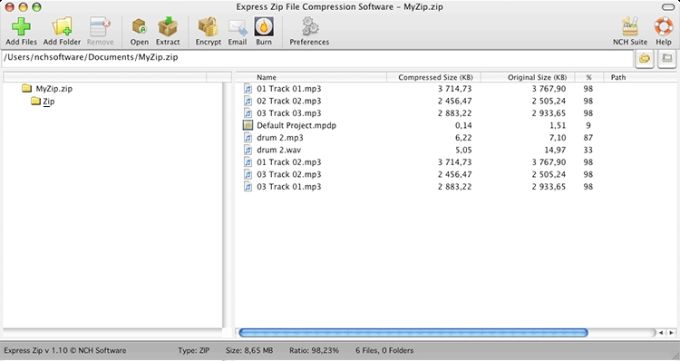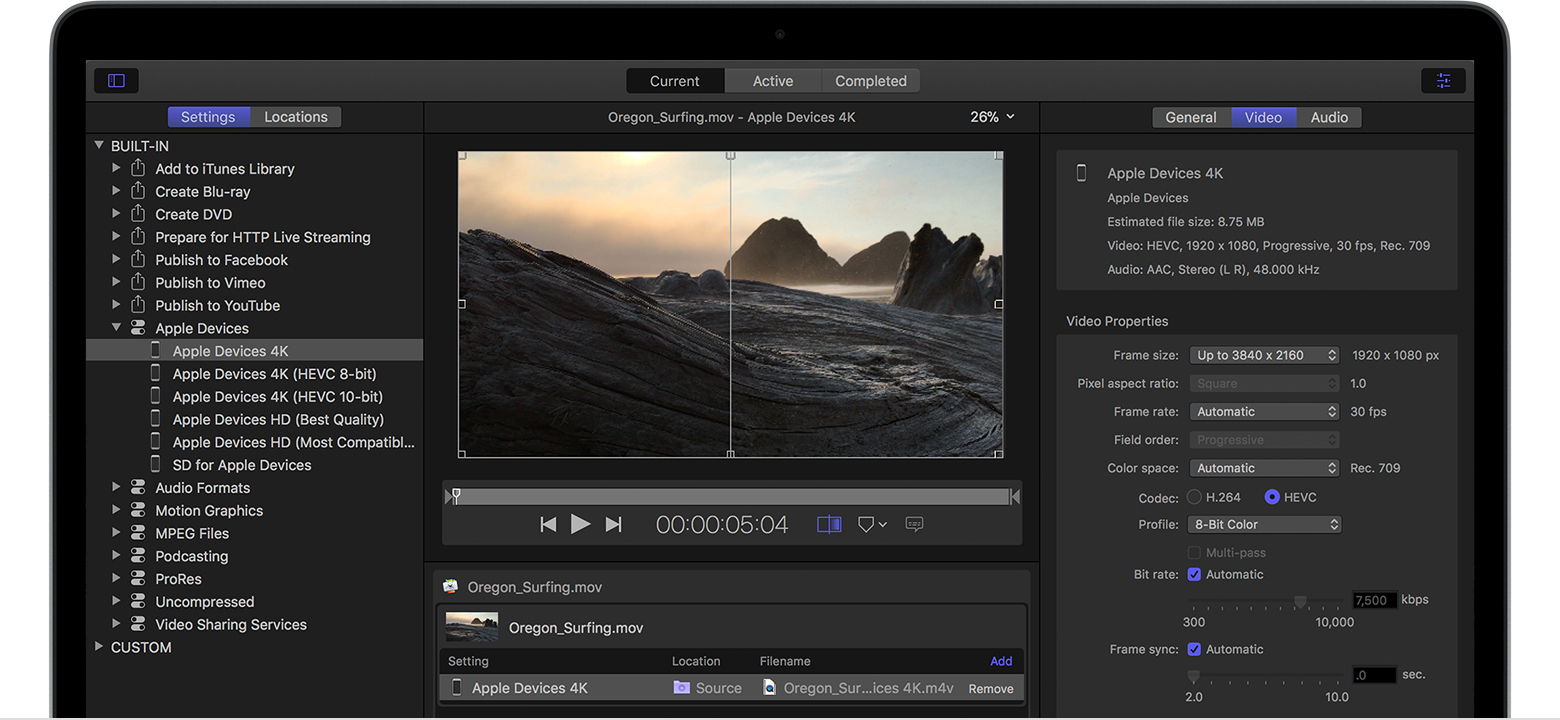

This is accessible to all users and doesn’t require any additional downloads or configuring.
#File compression software for mac os x mac os x
Mac OS X has a built-in function that allows users to create. That’s the low down, the more common compression packages available will typically be covered in one of the above. The instructions below apply to Mac OS X Catalina and older. You can also use a number of different formats for creating a. To Eject hdiutil eject /Volumes/archive_name/ To create hdiutil create -format UDZO -srcfolder folder_to_compress archive_name.dmg This one is macOSnative only – for a GUI interface use /Applications/Utilities/Disk Utility – for command line use: To extract gunzip archivename.gz DMG – macOS Only To compress tar -jcvf archive_2 folder_to_compress To extract tar -zxvf archive_ TAR.BZ2 – Cross PlatformĪ variation on TAR GZ but with better compression than both tar.gz and zip. To compress tar -zcvf archive_ folder_to_compress
#File compression software for mac os x zip
Second up is TAR, an old favorite on Unix/Linux – you add the GZ for the compression – compresses tighter than zip ds store files, use the “-X” option in the command so: zip -r -X archive_name.zip folder_to_compress TAR.GZ – Cross Platform If you want to make a zip without those invisible Mac resource files such as “_MACOSX” or “._Filename” and. To compress zip -r archive_name.zip folder_to_compress

Since files using HFS+ compression are not readable on versions of Mac OS X earlier than 10.6, this flag should not be used when dealing with non-system files or other user-generated content. ZIP – Cross Platformįirst up is ZIP one of the most commonly used compression techniques used across all platforms This is only supported on Mac OS X 10.6 or later, and is only intended to be used in installation and backup scenarios that involve system files. Here are some built-in compression applications you can use including zip, tar, gz, bz2, gz and dmg. A compressed file which contains files and folders is generally referred to as an archive. Download a few extras and start optimizing software for your needs right away Menu item displays latest MacUpdate releases and Promo.

Find here a wide range of applications with unique features that can help you clean, tune-up, and improve your overall Macs performance. The default command line application interface in macOS is the Terminal and is stored in /Applications/Utilities.įile and folder compression saves on file size and ensures the contents are captured and delivered or stored as one monolithic file. Get the most from your computer with the best system utilities for Mac. Since macOS is based on Unix there are a number of ways to compress files and folders within the filing system using Unix based application code, below are a few options using the Terminal or command line interface (cli).


 0 kommentar(er)
0 kommentar(er)
